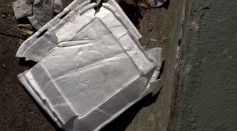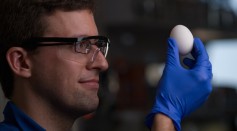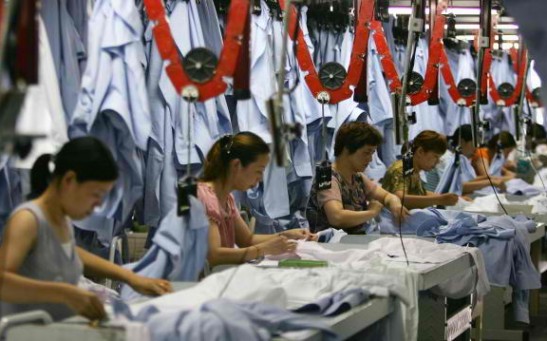chemistry

Cardiac Arrests Can Be Prevented With Drug Repatha; At $1000 Per Injection Every Month Though

Nintendo Switch Cartridges Are Coated With Bitter Chemical To Avoid Ingestion; 1,000 Times More Awful Than Quinine

More People Are Not Aware Of Consuming Flame Retardant Chemicals
Solvent Baths Promise Better Perovskite Crystals and Better Solar Energy
Intricate Organic Molecules—Yeah, We Can 3D Print That
How One Innovation May Change the Solar Energy Game Forever
Intricate Organic Molecules—Yeah, We Can 3D Print That

The Antigastronomist—Unboiling an Egg

VIDEO—Unboiling the Mystery: UC Irvine Researchers Discuss New Discovery of Unboiling Eggs
Most Popular

Plato’s Long-Lost Grave Found Using AI To Decipher Herculaneum Scrolls; Greek Philosopher Had Been Sold Into Slavery: Report

Cancer Risk Surges in Beirut Due to Airborne Carcinogens From Diesel Generators

What’s Inside the Moon? Lunar Seismic Data Reveals Earth-Like Core
![Earth's Quasi-Moon Kamo‘oalewa Could Originate From Lunar Surface Not Asteroid Belt [Study]](https://1721181113.rsc.cdn77.org/data/thumbs/full/53275/89/56/50/40/earths-quasi-moon-kamo-oalewa-could-originate-from-lunar-surface-not-asteroid-belt-study.png)
Earth’s Quasi-Moon Kamo’oalewa Could Originate From Lunar Surface Not Asteroid Belt [Study]






